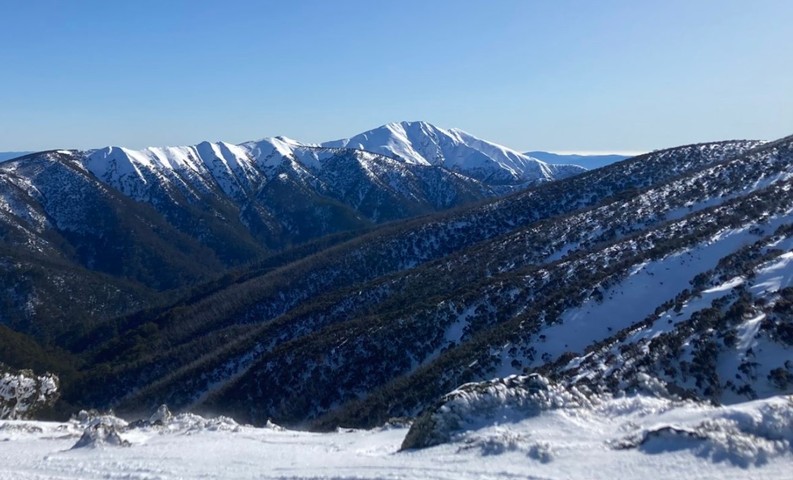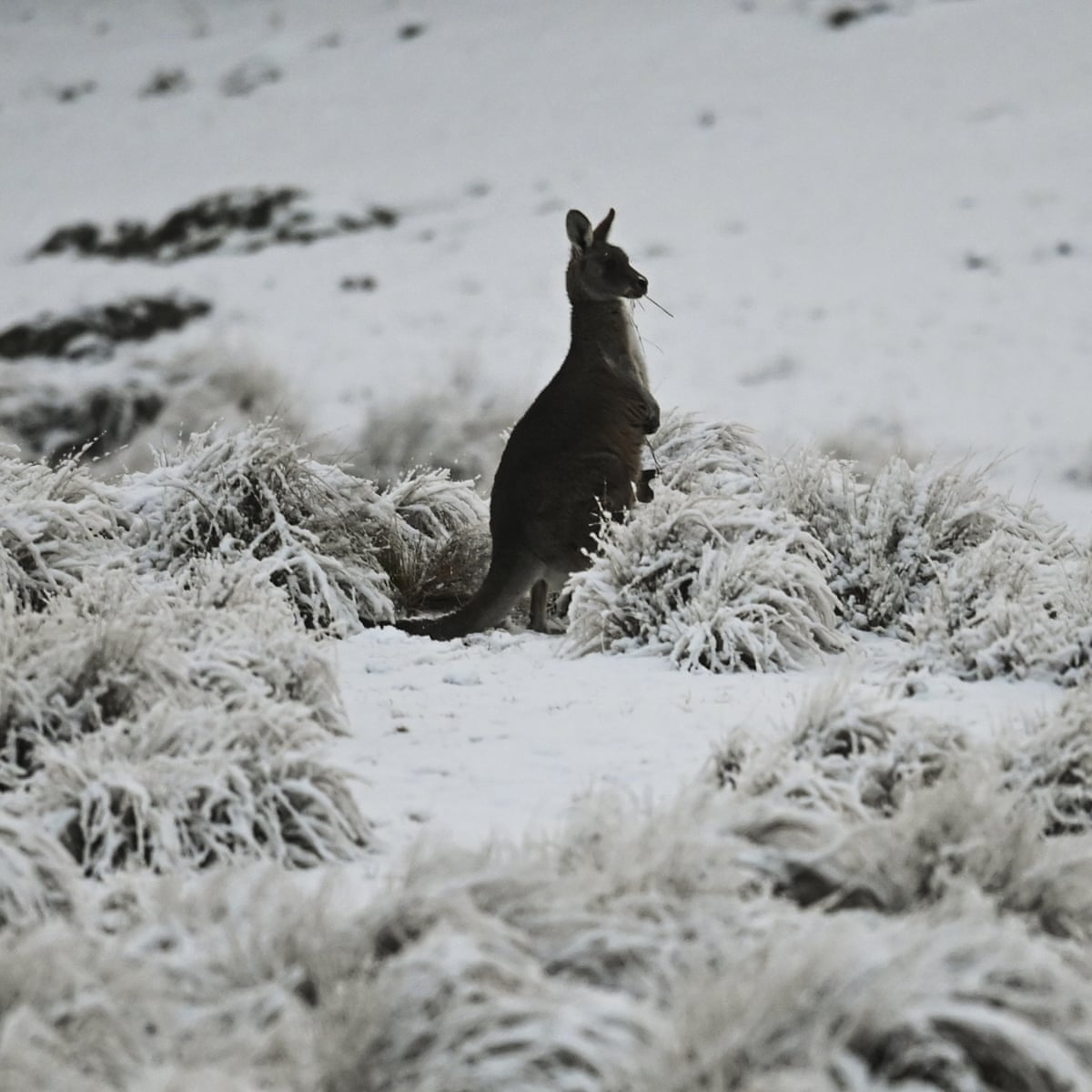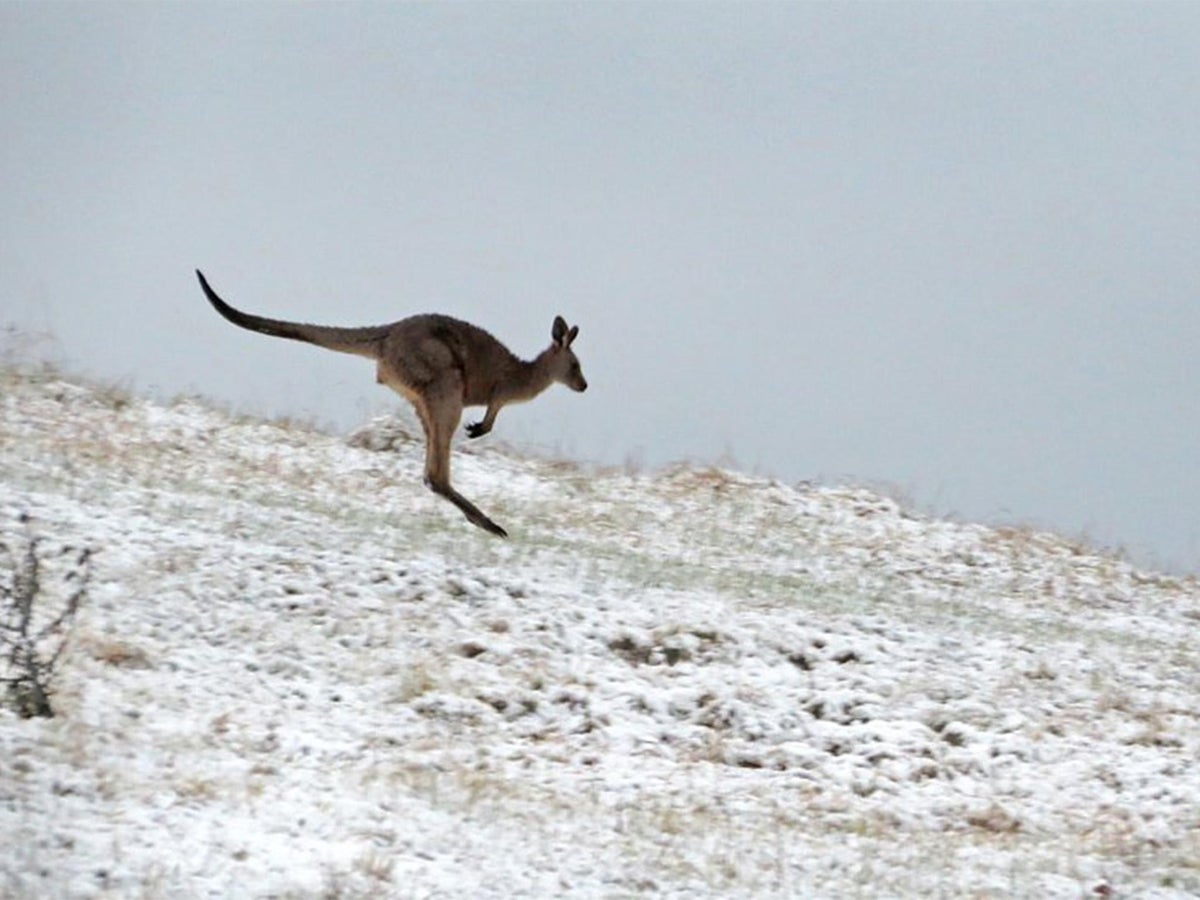Enjoy the Beauty of Snow In Australia with Breathtaking Alpine Views and Renowned Ski Resorts
Enjoy the Beauty of Snow In Australia with Breathtaking Alpine Views and Renowned Ski Resorts
Blog Article
Discover the Fascinating Results of Snow in Australia on Neighborhood Environments
Regardless of its reputation for sun-soaked landscapes, Australia additionally flaunts regions blanketed by snow-- a sensation that exceptionally affects the nation's one-of-a-kind ecological communities. The protecting residential properties of snowflakes secure vegetation and animals in the middle of the coldest winters months, while the melting snow nurtures rivers and water life. The actual wonder lies in how these chilly conditions form the nation's biodiversity and nutrient cycles. As we decipher this complex connection, we locate ourselves treading on untouched premises in Australia's high nation.
The Unforeseen Areas of Snowfall in Australia
Although Australia is commonly related to sun-scorched landscapes and sandy coastlines, certain regions surprisingly experience snowfall. The high country areas of New South Wales, Victoria, and Tasmania are specifically recognized for their winter season snow. The Snowy Mountains in NSW, as an example, receive plentiful seasonal snow, offering a plain comparison to the nation's common hot, dry environment. The Victorian Alps and parts of Tasmania likewise see annual snowfalls, changing the landscape into a winter paradise. These areas are not just anomalies yet important components of Australia's diverse environment system. The presence of snow in these areas dramatically influences local ecosystems, subsequently impacting the nation's special biodiversity. The details effect on Australia's distinctive plants will be discussed in the next area.

Exactly How Snow Impacts Australia's Special Plants
While it may appear uncommon, snowfall in Australia plays a critical duty in forming the nation's one-of-a-kind plants. The snow-filled winters months foster strength in Australian plant species. This is especially noticeable in the sub-alpine and alpine regions, where snow gums and hill plum-pines flourish. These plants have actually developed to make it through in extreme problems, with snow functioning as a safety blanket from freezing temperatures and severe winds. The snow also adds to the dampness material of the dirt, providing required hydration for plant throughout the completely dry summertime months. Basically, the snow influences the timing of blooming and seed dispersal, the growth rates, and the survival of numerous plant varieties, showcasing the complex interaction between environment and vegetation in Australia.

The Adjustments of Australian Fauna to Snowfall
Simply as Australia's vegetation has actually adjusted to the wintery problems, the local fauna as well, exhibit exceptional adjustments to the snowfall. Variety like the Mountain Pygmy-possum, the only Australian marsupial understood to hibernate, have actually advanced approaches to survive in snowy environments. It makes use of the snow as insulation, hibernating in rock holes under the snow to pop over to these guys remain warm. The Snow Skink, a types of lizard, changes its colour to white throughout winter, supplying camouflage against killers. Birds such as the Snowy Hills' Crimson Rosella additionally adjust their diet regimens to consume offered food resources throughout cooler durations. Therefore, regardless of the harsh problems, Australian animals demonstrates a durable and adaptive nature, guaranteeing their survival in areas experiencing snowfall.
The Role of Snow fit Neighborhood Ecosystems
Fit the local ecosystems, the role of snow in Australia is both multilayered and extensive. It influences the circulation of plants and animals, greatly defining the biodiversity of sub-alpine and alpine areas. Snow gives an important water source, feeding rivers and tanks as it melts, therefore supporting a selection of water life kinds. Additionally, snow functions as an insulator, shielding ground-dwelling organisms from extreme cold. In a similar way, it plays a substantial function in soil formation and nutrient biking. The regular official site freezing and thawing of soil induced by snowfall cultivates the failure of rocks, enhancing soil fertility. As a result, the existence of snow shapes the vegetation patterns, great site animal behavior, and general sustainability of Australia's special ecological communities. Snow In Australia.

The Future of Snowfall in Australia: Forecasts and Effects

Provided the important duty snow plays in forming regional communities, the future of snowfall in Australia is drawing raising attention from conservationists and researchers. Much less snow can result in decreased water availability in towering areas, detrimentally influencing wild animals environments and plant life. The tourism sector, heavily reliant on the winter snow period, may likewise deal with substantial obstacles.
Verdict
The duty of snow in Australia's ecological communities is crucial yet often forgotten. Hence, the snow in Australia is extra than a natural spectacle; it's an important player in the country's environmental story.
Regardless of its track record for sun-soaked landscapes, Australia likewise boasts regions buried by snow-- a phenomenon that profoundly affects the nation's unique environments. It utilizes the snow as insulation, hibernating in rock gaps under the snow to remain warm - Does Australia Get Snow.In shaping the local ecological communities, the role of snow in Australia is both extensive and multilayered. The visibility of snow forms the plant life patterns, animal habits, and general sustainability of Australia's unique ecological communities
Given the vital role snow plays in forming regional ecological communities, the future of snowfall in Australia is attracting enhancing interest from researchers and ecologists.
Report this page